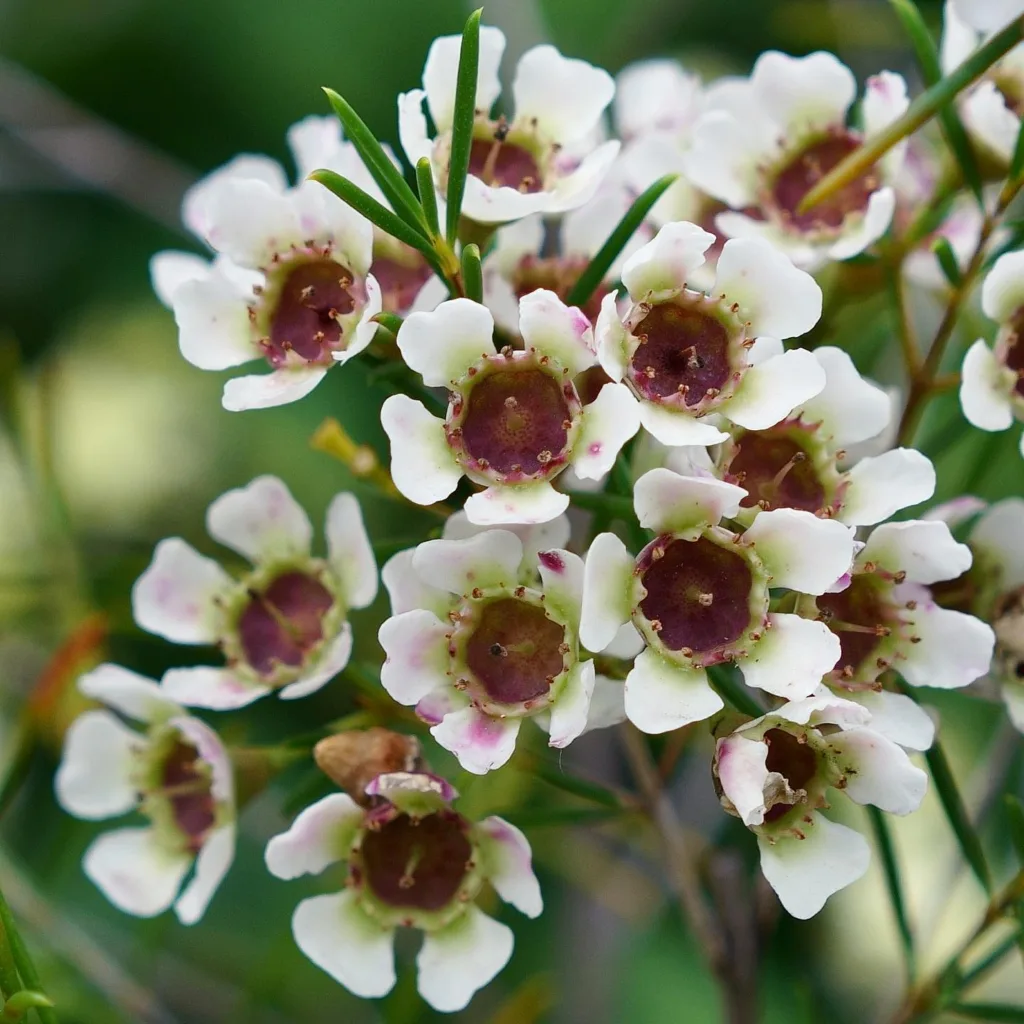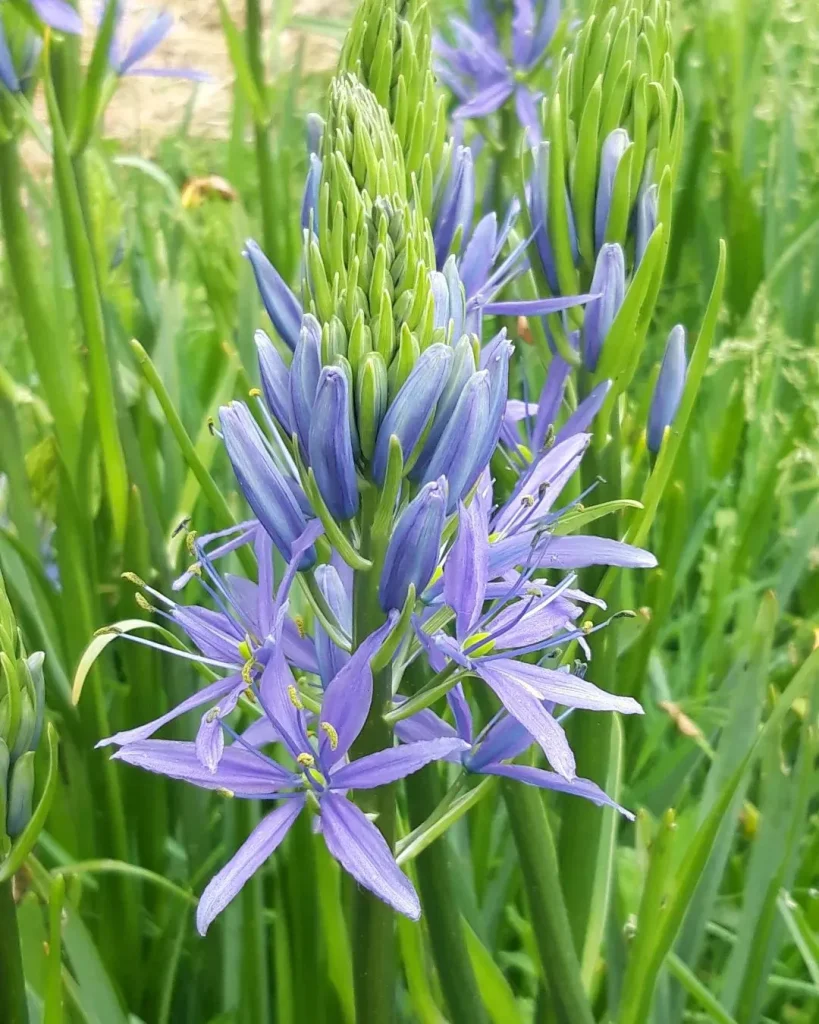Exploring the Grubbiaceae Family: A Deep Dive into Grubbia
As a plant enthusiast, I often find myself captivated by lesser-known families in the plant kingdom. One such family is the Grubbiaceae, which contains a single genus, Grubbia. This family, though not widely discussed in popular gardening circles, offers unique features and interesting characteristics that I think are worth exploring.
What is Grubbiaceae?
The Grubbiaceae family is a small, relatively obscure group of flowering plants that fall under the order Caryophyllales. The family consists solely of the genus Grubbia, which includes a few species native to specific regions. The uniqueness of this family lies in its limited distribution and distinct morphological traits, making it an interesting subject for both botany enthusiasts and casual gardeners alike.
The Genus Grubbia: A Closer Look
Grubbia is a genus that comprises a handful of species, primarily found in Southern Africa. One of the most notable species is Grubbia robusta, which has adapted well to its environment. These plants are characterized by their shrubby form and striking flowers, which can attract a variety of pollinators.
The Grubbia robusta typically features fleshy, succulent-like leaves that are well-adapted to withstand drought conditions. This resilience is crucial in their native habitats, where water scarcity can be a significant challenge. The plants have developed a unique mechanism to store moisture, allowing them to thrive even in arid regions.
Unique Characteristics of Grubbia
One of the defining traits of Grubbia is its flower structure. The flowers are generally tubular and can vary in color, often featuring vibrant hues that attract bees and other pollinators. These flowers are not only visually striking but also play a crucial role in the plant’s reproduction.
In addition to their floral beauty, the leaves of Grubbia species exhibit a fascinating adaptation: they are often thick and fleshy. This characteristic is a common trait among plants that thrive in dry environments, as it allows for efficient water retention. When I first encountered Grubbia, I was struck by how well the plant seemed to embody resilience.
Growing Grubbia: A Personal Experience
I decided to try my hand at cultivating Grubbia robusta in my garden. Understanding its native environment helped me create the ideal conditions for growth. I planted it in well-draining soil, ensuring that it received plenty of sunlight while also providing some shelter from extreme weather conditions.
I was surprised by how quickly Grubbia robusta established itself. Within a few months, it had developed into a sturdy shrub with lush foliage. I found that watering it sparingly was essential, as too much moisture could lead to root rot—a common issue with many succulents.
One of the most rewarding aspects of growing Grubbia has been watching its flowers bloom. The first time I saw the vibrant colors emerge was a moment of pure joy. It attracted various pollinators, including bees and butterflies, which added life and movement to my garden.
The Ecological Role of Grubbiaceae
The Grubbiaceae family plays a crucial ecological role in its native habitats. By providing nectar for pollinators, Grubbia species contribute to the overall biodiversity of the ecosystem. They are part of a delicate balance, supporting various life forms while also showcasing their unique adaptations to survive in challenging environments.
Conservation and Future of Grubbia
Given the specific habitats in which Grubbia thrives, conservation efforts are vital. Climate change and habitat destruction pose significant threats to these plants. Awareness of their ecological importance and unique characteristics can foster a greater appreciation for their conservation.
As someone who is passionate about plants, I believe it’s crucial to advocate for the protection of less-known species like those in the Grubbiaceae family. They remind us that every plant has a role to play in our ecosystem, no matter how small or obscure.
Conclusion
The Grubbiaceae family and its sole genus, Grubbia, may not be the most famous plants in the botanical world, but they offer a wealth of knowledge and beauty. My experiences with Grubbia robusta have enriched my understanding of plant resilience and the importance of biodiversity. As we delve deeper into the plant kingdom, let’s remember to celebrate and protect even the most overlooked families, for they contribute to the tapestry of life that surrounds us.
By fostering a greater appreciation for plants like Grubbia, we can cultivate a deeper connection to our environment and work towards a more sustainable future.
If i die, water my plants!



